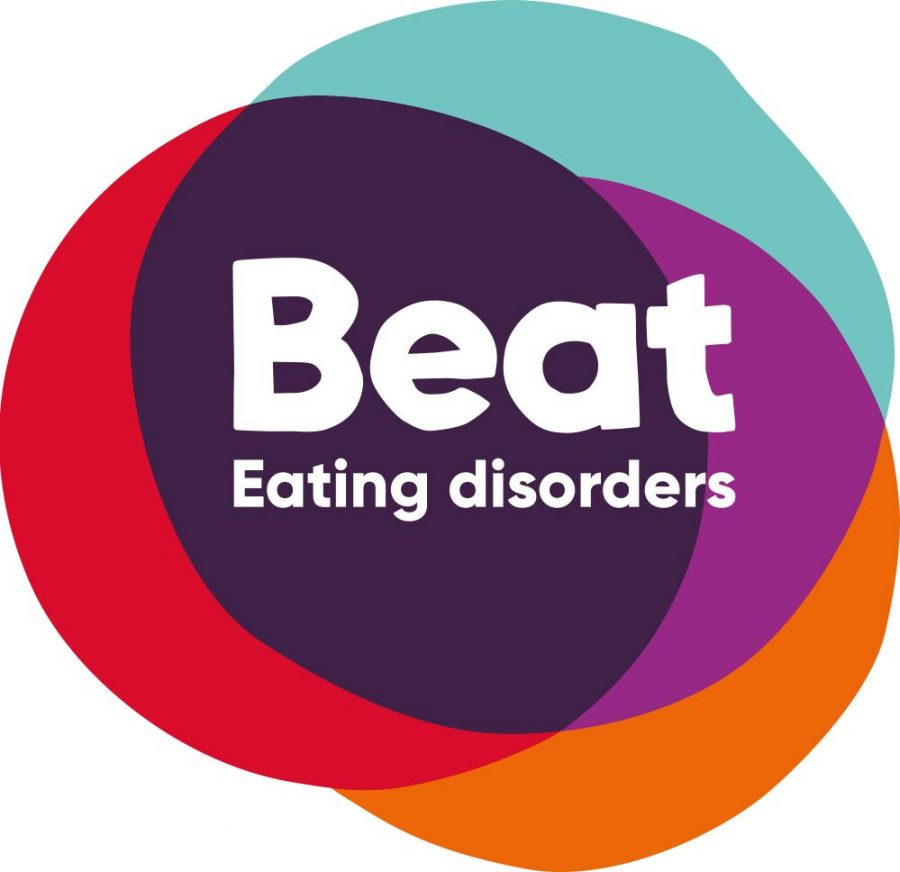Not like the movies
In a world of social media and easily accessible streaming content, the yawning void of adolescent free time that once plagued our parents and grandparents is now almost completely filled with entertainment.
Given the high levels of teenage consumption on their platforms, there’s been a recent influx in teenage aimed material released by streaming companies such as Netflix and Amazon Prime, who produce TV shows and movies meant to appeal to this younger portion of their viewership. Examples would be the new Netflix release “Reality High”, as well as their continued hold over old teen favorites such as “Skins” and “Gossip Girl”.
A tradition in teenage programming, carried over from the 90’s sitcom days of “special episodes”, is having characters cope with mental illness. Considering that, according to the World Health Organization: “Worldwide 10-20% of children and adolescents experience mental disorders. Half of all mental illnesses begin by the age of 14 and three-quarters by mid-20s.” Such writer’s room choices are smart moves, to make shows and their characters more relatable to their audience.
The new approach to coping with such serious issues in programs is a shock from the sugar coated, “Just Say No” public service announcements of old favorites such as “Saved by the Bell”.
No longer are characters just saying no, but to quote the N.W.A. musical classic, “Gangsta, Gangsta”, “they’re too busy saying yeah.”
Despite the controversy, there’s no inherent problem in showing a realistic portrayal of teenage life, which of course requires featuring drug and alcohol use, violence, etc. Interestingly, while TV shows seem to be all for showing the appealingly explicit aspects, they tend to leave out the uglier, gory bits.
Danger arises when this kind of lopsided representation is combined with TV mental illness, which is extremely dangerous in its inaccuracy. Shows that are attempting to be “gritty” by showing characters with psychological problems, unwittingly promote such behavior and cause great harm to their audience.
Especially concerning is the whitewashing of eating disorders, considering that Anorexia Nervosa is the deadliest psychiatric disorder on record, with those afflicted being six times more likely to die than others their age.
This death rate is dramatically higher than any associated with other forms of mental illness, such as depression or schizophrenia. Yet, anorexia (and eating disorders in general), are much less discussed than disorders affecting mood.
Perhaps it’s because the reality of the anorexic is so visually disturbing, and the truth of the disorder so different than the edgy or cute depictions in media, that the actresses playing characters with such disorders are only thin enough to remain attractive, instead of resembling the emaciated figures of true anorexics.
For example, in the show “Skins”, main character Cassie is introduced as someone struggling with severe anorexia. The plot of the episode focused around her is entirely concerned with her struggles with food, her inability to eat, and the problems this disorder causes her.
However, in all of the other character’s interactions with Cassie, her severe mental disorder is brushed off as a personality quirk. In fact, her very introduction to the show begins with her supposed “good friend” relating her eating disorder to her sexual prowess.
When an impressionable teenager watches this depiction of the disorder (played by a young, pretty and stylish girl), it looks cool as well as commonplace to have such eating problems. None of the characters on the show seem extremely concerned with Cassie’s health, so why would the viewer be?
Similarly, the TV show “Gossip Girl” gives main character Blair Waldorf an eating disorder, in episode “Blair Waldorf Must Pie”. In this episode, queen bee Blair is shown using binging (eating an entire pie) and purging (bulimia) to cope with emotional stress after fighting with her mother.
While this could’ve been a moment of positive representation for young girls struggling with the same unhealthy coping mechanisms, “Gossip Girl” instead glosses over the incident, with it never being mentioned again.
The show never has Blair confront this issue, nor outright condemns her actions, allowing this depiction to be warped into a promotion of such activity. A quick search of “Blair Bulimia”, results in a disturbing amount of fanfiction and fan videos glorifying her behavior.
Charismatic TV show characters are often put on a pedestal; they’re idolized and glorified by people who envy and try to emulate them in any way possible. For teenage girls, a population already at a high risk of developing body image issues, such sugarcoated depictions of eating disorders (as a personality trait of their favorite character) can put them on a path of unhealthy behavior, leading to inpatient treatment or even death.
Since both “Skins” and “Gossip Girl” are both relatively old (ending in 2013 and 2012, respectively), it’s worth mentioning that in recent years, entertainment distributors have begun to shift their treatment of such issues away from glorification, and more towards awareness. 2017 Netflix release “To the Bone”, starring Lily Collins, portrays a more realistic view of the horrors of anorexia, serving to inform as well as warn its teenage viewership.
Hopefully, a day will soon come when a “very special episode”, does more help than harm.

